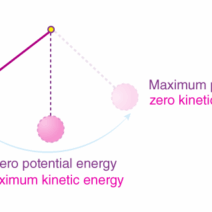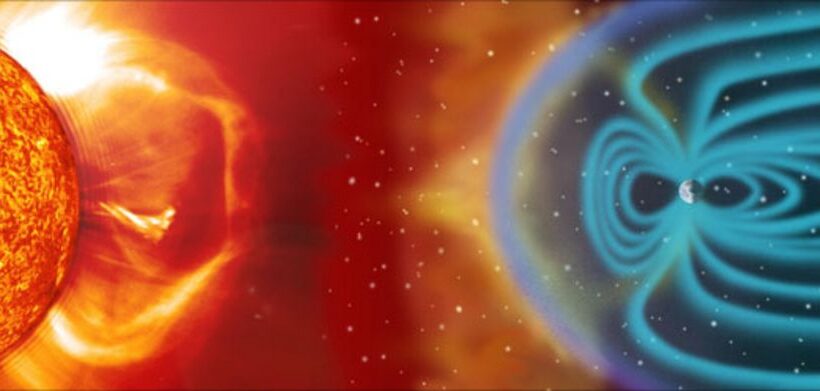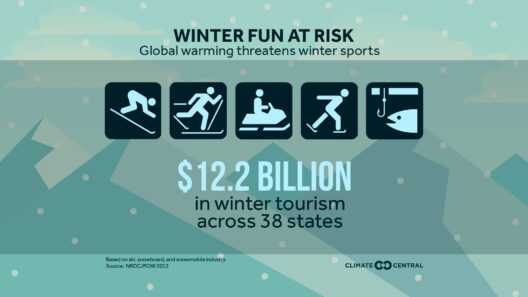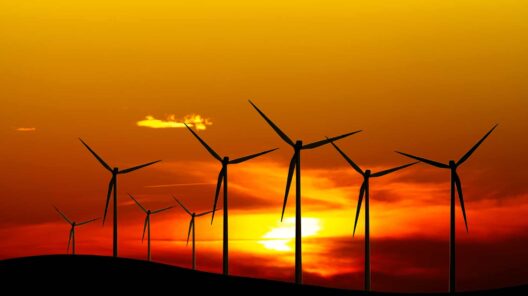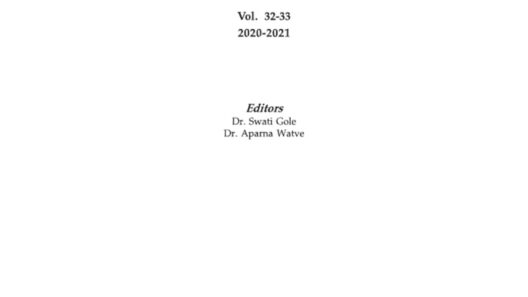The Northern Lights, also known as Aurora Borealis, have captivated humanity for centuries. This stunning natural phenomenon, characterized by vibrant displays of light in the night sky, primarily occurs in the polar regions due to interactions between solar particles and Earth’s magnetic field. Yet, with the looming specter of climate change, one may wonder: does global warming influence the Northern Lights? While the changing climate predominantly manifests its effects on terrestrial ecosystems, its repercussions extend to various atmospheric phenomena, including the revered auroras.
To comprehend the relationship between global warming and the Northern Lights, it’s vital to understand the fundamental mechanics behind their formation. The Northern Lights are triggered by solar wind—a continuous stream of charged particles emitted by the sun. When these particles collide with gases in Earth’s atmosphere, primarily oxygen and nitrogen, they excite the atoms and molecules, leading to the emission of light. The color of this light varies depending on the type of gas involved and the altitude at which these interactions occur. For example, oxygen at higher altitudes can produce red and pink hues, while nitrogen yields purples and blues.
While the creation of auroras is a marvel of our planet’s atmospheric interactions, the phenomenon is intricately tied to solar activity. The sun goes through an approximate eleven-year solar cycle, during which the frequency of solar flares and coronal mass ejections rises and falls. Significant solar activity often results in more vibrant and widespread auroral displays. It stands to reason that alterations in solar energy output, due to global warming or other factors, could potentially impact the frequency and intensity of auroras. However, direct evidence linking global warming to changes in solar activity remains scarce.
On a broader scale, global warming is already instigating shifts in weather patterns and atmospheric conditions. These transformations could, in turn, influence the visibility and intensity of the Northern Lights. For instance, as the planet heats up, the composition of the atmosphere is gradually changing. Increased levels of greenhouse gases, particularly carbon dioxide, could alter the way solar particles interact with the atmosphere. Consequently, the number of reflective clouds, aerosols, and pollution may rise, all of which could interfere with the clarity of auroral displays. A muddied atmosphere may serve to obscure our view of these iridescent lights.
Moreover, climate change is propelling polar regions into a new environmental paradigm. The depletion of the ozone layer, a critical factor in protecting the Earth from harmful UV radiation, is concerning. Stratospheric cooling attributed to climate change can lead to unique reactions that create polar stratospheric clouds. These clouds are linked to the depletion of ozone and can modify the dynamics of the atmosphere, potentially affecting solar particle interactions. As ozone depletion might influence auroral dynamics, climate change indirectly poses a threat to the grandeur of the Northern Lights.
Temperature rises are triggering more extreme weather events. While these fluctuations may appear unrelated to the auroras, adverse weather can cloud the skies, reducing the likelihood of witnessing this ethereal spectacle. It’s not merely that warming influences the auroras; the cascading effects of climate change hamper access and visibility of the Northern Lights. Increased storm activity and precipitation levels may obscure the view for those seeking to observe this natural wonder.
Some researchers suggest that the changes in auroral activity could be driven, at least partially, by anthropogenic factors. The amplification of electromagnetic waves associated with human activity could interact with the natural magnetic field of the Earth, potentially producing anomalous effects even within the auroral regions. Understanding these intricate dynamics requires further investigation, but the intertwining of human shadows and natural phenomena paints a concerning picture.
Yet, while the Northern Lights may be influenced by climate change, the fascination they ignite in human hearts remains undiminished. The varied colors, mesmerizing movements, and sheer unpredictability of auroras continue to draw people from around the globe. They symbolize not only the beauty of our planet but also the urgent need for heightened environmental awareness. As individuals stand in awe beneath the undulating curtains of light, there lies a profound reminder of Earth’s delicate ecosystems and the impact our actions have on them.
As the debate surrounding climate change persists and policies evolve, the Northern Lights serve not only as a beacon of natural splendor but also as a representation of the ongoing interrelationship between humans and the environment. Scientists and policymakers must consider the impact of global warming on atmospheric phenomena like the auroras as a critical component of future environmental studies.
Staring into the night sky, one cannot help but marvel at the interplay of natural forces that give rise to the Northern Lights. With global warming altering atmospheric conditions and potentially affecting solar interactions, a remarkable connection exists between these celestial wonders and our human endeavor to understand and mitigate climate change. The future of the Northern Lights may be clouded by uncertainty, yet their allure remains an essential piece of our planet’s rich narrative. Amid the scientific inquiry, there lies an urgent message: preserving the integrity of our atmosphere is imperative to ensure that future generations can share in the magic of the Aurora Borealis.
